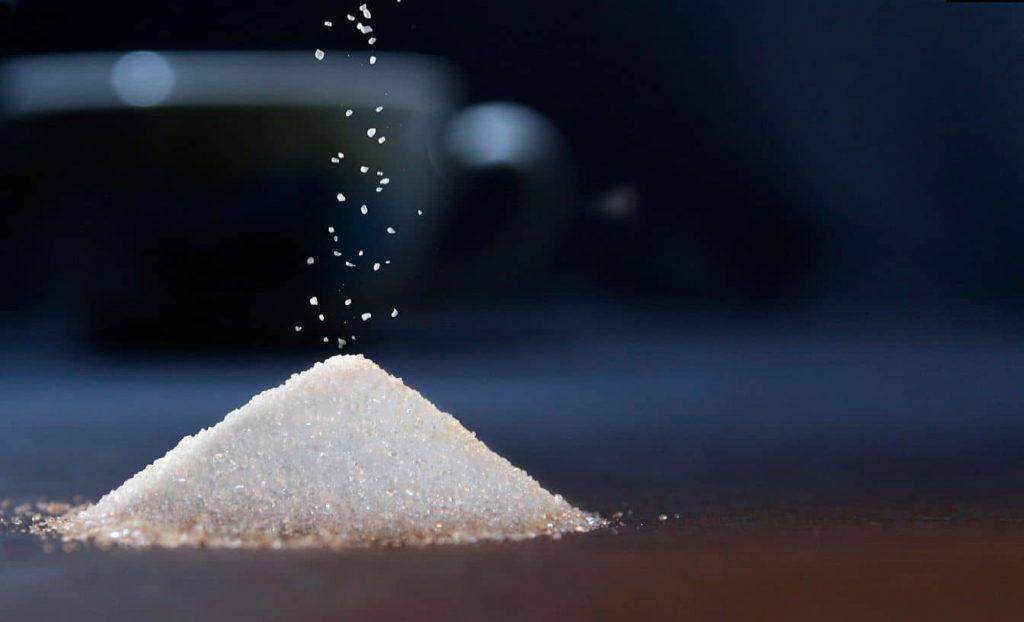Porto Alegre, May 29th, 2023 – The sugar market has been facing not only an end of May marked by divergent medium-term vectors but also an early June perspective where bearish and bullish vectors develop simultaneously for the current driver contract, July/23, in New York. As everyone is well aware, this asset went through the entire second half of May forming and consolidating the sideways channel with support at 24.88 cents and resistance at 26.75 cents. In chronological order of influence on the market, in the last week of May both USDA and UNICA came with updates in their respective reports exerting a downward influence on prices.
First came UNICA, pointing out that in the first half of May, cane crushing had grown by 107% in the margin (compared to the previous fortnight) while sugar production had shown an even greater increase of 152%. In addition, the production mix data showed a very strong deconcentration in the volume of cane collected for ethanol production. Generally at this time of the year, the production mix pattern fluctuates around 73%, while the data for the second half of April and the first half of May came in at 56% and 51% respectively. The production mix at 56% at the end of April was already considered low, what about the 51% in May?
After that, USDA reported an increase in the expectation of a global surplus from 6.77 to 7.84 mln tons. So, on the same day we had both USDA and UNICA showing expansion in the level of sugar supply in the short and long term. A very interesting detail of this is that just three days before, ISO had updated its quarterly report pointing to an exponential reduction in the expectation of a global surplus from 4.15 mln tons to only 850,000 tons. However, long before USDA raised its surplus estimate, the market had already been exposed to the climate of risk aversion in the international scenario for more than 10 days due to the debt crisis in the United States.
Therefore, the ISO data were ignored from this perspective, and the USDA data came in line with the seller-friendly climate that was already present due to macroeconomic vectors external to sugar. This also explains why the market ignored the ISO’s quarterly report but remained in line with the USDA’s biennial report in terms of pricing. In this context, data from UNICA’s biweekly report were just the icing on the cake in a market that was already looking bearish from fundamental and external macroeconomic perspectives. But on the other hand, not everything is negative about sugar prices, especially when we look at June.
This is because climate maps show that the transition week between the end of May and the beginning of June must be marked by the return of rains in cane plantations in Brazil’s Center-South, with accumulated volumes in the week ranging from 20 to 60 mm. These rains are not light and could effectively form a second stoppage event in the crushing activity at mills in early June. As a result, the downward trend seen so far for sugar prices in New York may have clear short-term limitations, especially in the first week of June.
So, July/23, which ended May negatively testing the support of the ongoing sideways channel, may start June again oscillating within this range. It is very difficult to say that this asset will appreciate to the point of testing or breaking the resistance of this channel throughout the first half of June. However, it is more assertive just to point out that oscillations within the interval will occur again to extend the July/23 oscillation for a week or at most two in this range of influence, since if it were not for the rains in June, the channel would already be with much of the path to the loss of the range already traced at the end of May.
Follow the Safras Agency on our website. Also follow us on our Instagram and Twitter and stay on top of the main agribusiness news!
Copyright 2023 – Grupo CMA

